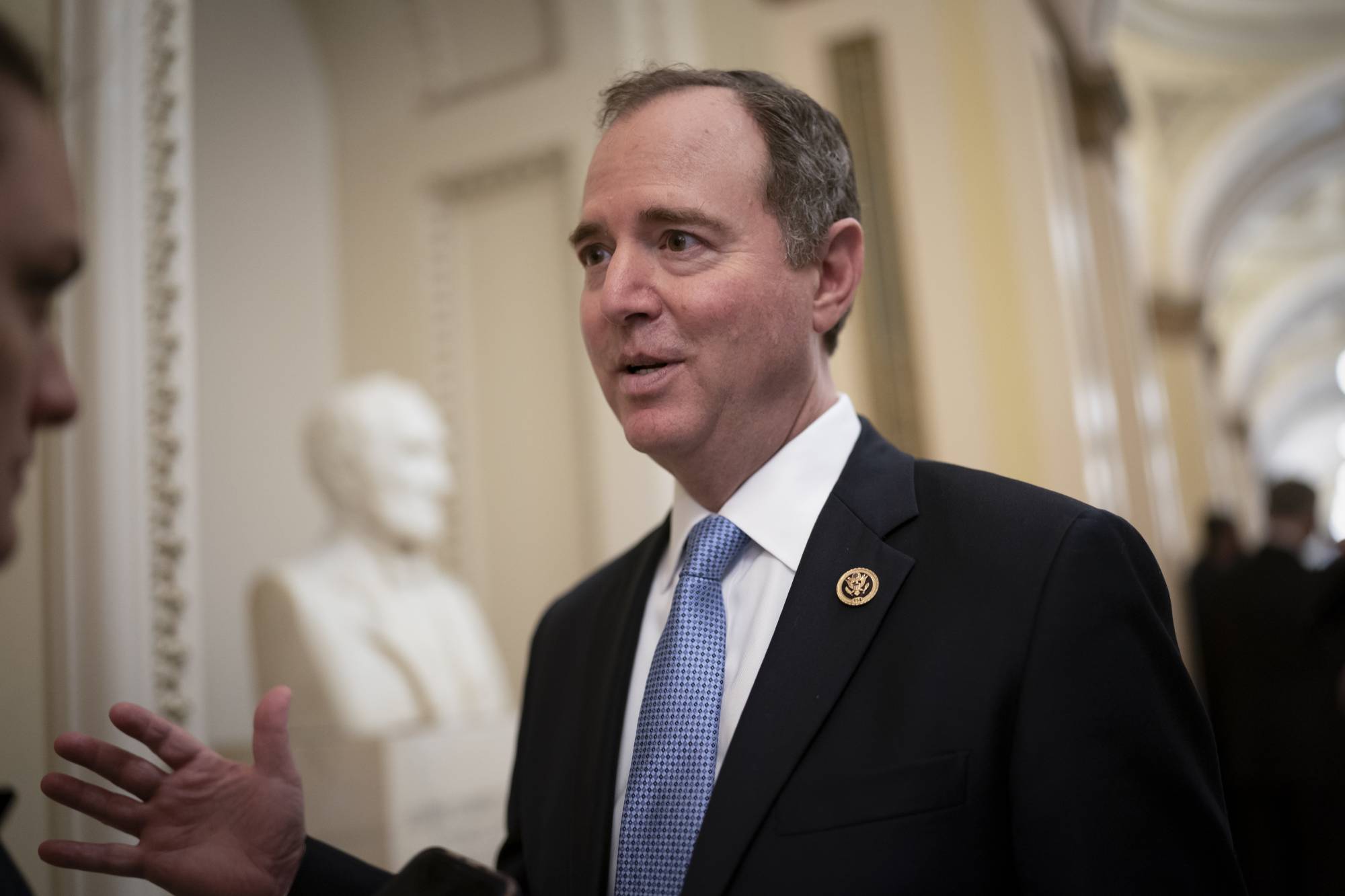
Recent trends in the Thrift Savings Plan
Investments can change seemingly as fast as the weather, a fact to which anyone with a Thrift Savings Plan account can testify.
Investments can change seemingly as fast as the weather, a fact to which anyone with a Thrift Savings Plan account can testify. Federal Drive with Tom Temin knows he can’t forecast the investment weather, but along with his guest, certified financial planner Art Stein, this interview takes a look at recent trends.
Interview transcript:
Tom Temin And let’s talk about the last quarter of the TSP. I think at the end of last year, people were saying happy days are here again. But I don’t know. It doesn’t quite look that way, does it?
Art Stein Well, this last quarter was a whole lot better than last year, where everything except the G Fund had a solidly negative rate of return. In at least for the first three months of the year, everything has a positive rate of return. One unusual thing is that the I Fund, the International Stock Fund, outperformed both the U.S. stock funds. And actually, that same thing is true over the last 12 months, where the U.S. stock funds are negative and the I fund is positive. And, of course, that something that we’re seeing in international stocks just in general, that they’ve just had a very good quarter. One of the reasons being is that they’ve been beaten down so much that they become quite a good buy.
Tom Temin And international covers a lot of territory. This particular I fund, the TSP I fund, is that mostly centered in Europe? Or does it have South America and maybe some African countries, Asian countries?
Art Stein No, the International Stock Fund, the I Fund, the index that’s used, doesn’t cover a lot of territory. It’s very narrowly focused. It’s European countries, 25% is in British stock. And then various other European countries, 25% is in Japanese stocks. And then, Australia and New Zealand. But for some reason, no investments in Canada, which I’ve never understood, which pretty much is a developed market as far as I’m concerned. Because that’s the other thing about the international, the I Fund in the TSP. It’s only developed countries. So there’s no investments in Latin America, many Asian countries outside Japan. TSP tried to change that, to go to an index that made more sense, but they were blocked by Congress, because the index they are going to use invested in Chinese stocks. So it became a political issue, which I understand it. And actually, relations with China are much worse now than they were when this whole controversy took place. So it’s probably a good thing they didn’t switch to that index, but it would be nice if they could switch to an index. Broader coverage, but no China.
Tom Temin All right. So the I fund then to get back to whatever it is. Interesting, Great Britain and Japan, two of the sort of shrinking and low growth nations of the world.
Art Stein Exactly, this is the problem.
Tom Temin But the stocks at least did well in the last quarter.
Art Stein Yeah.
Tom Temin And what about the rest of the funds? The G Fund, we know what that does. But besides the I and the U.S. index, what are the other choices and how do they do?
Art Stein Well, we should mention the G Fund just for a second, because with the increase in interest rates, the G Fund return was really quite good. It was 1% for the quarter, which is great. And bond fund was up 3%, C Fund up seven and a half, and the S fund was up 6%. So just a really great quarter. And so for the people who were patient and stayed invested in those funds and didn’t run to the G Fund, they were definitely rewarded.
Tom Temin Right. So then the classic kind of distribution that people had for many, many years seems to be coming back into the vogue, or at least the good way to approach it for the long term.
Art Stein Yeah, absolutely. These kinds of returns where the stock funds have about twice the rate of return of the bond funds, or even more when you look at the G Fund. Historically, that’s what we’ve seen over long periods of time, and that’s why stocks have been a good investment for long-term investors, because they did have a much higher rate of return than the bond funds. Now, past performance, no guarantee of future performance, but there’s no reason to think that will not continue.
Tom Temin And let’s talk about that G Fund now. It has exceeded the popularity of the C Fund.
Art Stein Yeah. For many years, the G Fund was by far the most popular fund, and that gradually changed over time. So in 2009, almost 50% of TSP investments were in the G Fund and less than 25% were in the C Fund, which is have always been the next most popular fund. But the percentage in G gradually declined, and the percentage in C gradually increased unitl just about in 2021. The percentage invested in C actually exceeded G for the first time ever. But since the market started declining, G funds become more popular, C funds become less popular. Now there is, once again, more in G then C, which is an S&P 500 stock index fund. And it’s not by a big amount, not by a large amount. But still I notice it, because it makes me think that people are reacting to the decline in stocks by selling, maybe after the stocks have gone down, getting nervous, selling at a loss, putting their money in G. And then the question becomes, well, when are they going to switch that? When are they going to go back to the stock funds? And most people don’t. I mean, in my experience, by far most people never go back into the stock funds once they pull out.
Tom Temin Could it be also that people simply stopped putting in the C, and for that duration of that horrible year of 2022 diverted what would have gone into the C as new investments? Their deductions from their payroll toward investment went to the G instead of the C, and therefore, the G kind of caught up. We can’t necessarily say that it was withdrawals from the C in favor of the G, it just could have been a cessation of contributions to the C, whereas people went to the G instead, because that did pretty well in 2022 relative to everything else.
Art Stein I agree completely. We don’t know. And it’ll be very interesting if someone was able to do a poll or something of TSP investors. The other problem that I have is, TSP releases a graph with these percentages, but they don’t release a table that shows the actual exact percentages over time, like on a daily, weekly or monthly basis. If they did, that would allow us to actually analyze investment flows, compare it to stock market increases and decreases. It would be very interesting way to look at it, but we can’t do that. So we can’t.
Tom Temin All right. And while we have you, what’s going on with the mutual fund window?
Art Stein That really is, to me, a very interesting situation. So the mutual fund window was opened last year in June, and it allowed a certain amount, not a large amount, but a certain amount of funds in the TSP invested in a range of around four or 5,000 different mutual funds. And there are a lot of details on that, and the amount that can be taken out is limited. But what I noticed, and this is in the Jan. 31 statistical report that the board points out, federal retirement investment board, I think it’s saying. In June, when the mutual fund window started, there was almost $60 million invested. And that has declined now to where there’s less than 20 million invested, which is a big decline. But at the same time, the number of accounts has increased from a thousand to, I don’t know, it’s about 3,000. So it’s like more people putting in smaller amounts, much smaller amounts. To me, that’s just a very surprising result.
Art Stein Now the mutual fund window is something that’s also available in 401K’s in the private sector. My understanding is, from what I’ve read, is that in general in 401K’s, some people take advantage of it, but it’s not a very popular option. It certainly includes, it requires more work, more knowledge, trying to compare 5,000 different mutual funds, not an easy thing to do. But for people who, for instance, wanted to invest in [Environmental, Social and Governance (ESG)] funds, environmentally correct funds, politically or socially correct funds, even religiously based funds, and they are out there. It does allow them to do that. But it doesn’t appear that much money is going to that in the TSP. And that’s kind of been the experience in the private sector, too.
Tom Temin Well, federal investors are simply conservative investors, not politically, but financially.
Art Stein It could be. But I don’t know why that number is going down. That was my surprise. I don’t know why the dollar amount is declining. Again, we just don’t know.
Copyright © 2025 Federal News Network. All rights reserved. This website is not intended for users located within the European Economic Area.
Tom Temin is host of the Federal Drive and has been providing insight on federal technology and management issues for more than 30 years.
Follow @tteminWFED




